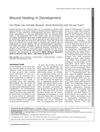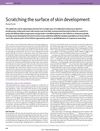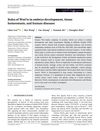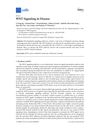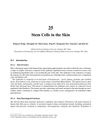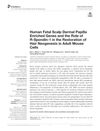Co-Opting Developmental Signaling Pathways to Promote Wound Healing
January 2018
in “
Recent clinical techniques, results, and research in wounds
”
planar cell polarity pathway PCP pathway JNK pathway TGF-ß pathway epithelial migration Wnt signaling scar formation microRNAs extracellular matrix proteins collagen expression Hippo pathway tissue damage photobiomodulation therapy PBM therapy cellular functions nanofiber matrices microencapsulation wound dressings growth factors TGF-beta pathway
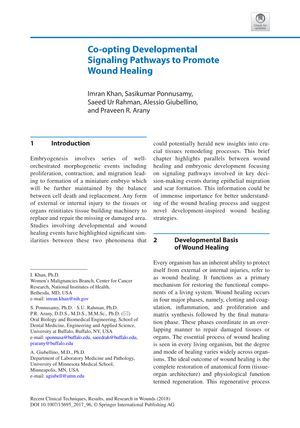
TLDR Using developmental signaling pathways could improve adult wound healing by mimicking scarless embryonic healing.
The document from January 1, 2018, explores the potential of using developmental signaling pathways to improve wound healing in adults by drawing parallels with embryonic development. It outlines the four phases of wound healing and notes that while lower organisms can regenerate tissue without scarring, mammals typically heal with scars due to slower repair processes. The study emphasizes the importance of the planar cell polarity (PCP) pathway, JNK and TGF-ß pathways in epithelial migration, and the role of Wnt signaling in scar formation, suggesting that targeting these pathways could mimic scarless embryonic healing. It also discusses the role of microRNAs in regulating extracellular matrix proteins and collagen expression, the Hippo pathway's activation in response to tissue damage, and the potential of photobiomodulation (PBM) therapy to stimulate cellular functions and improve healing. Additionally, the document highlights the use of biomaterials like nanofiber matrices and microencapsulation for controlled release in wound dressings. It concludes by emphasizing the importance of understanding the conserved nature of developmental and wound healing pathways to inform therapeutic strategies, while acknowledging that the molecular mechanisms of PBM therapy and the optimal use of growth factors in clinical applications require further research.
